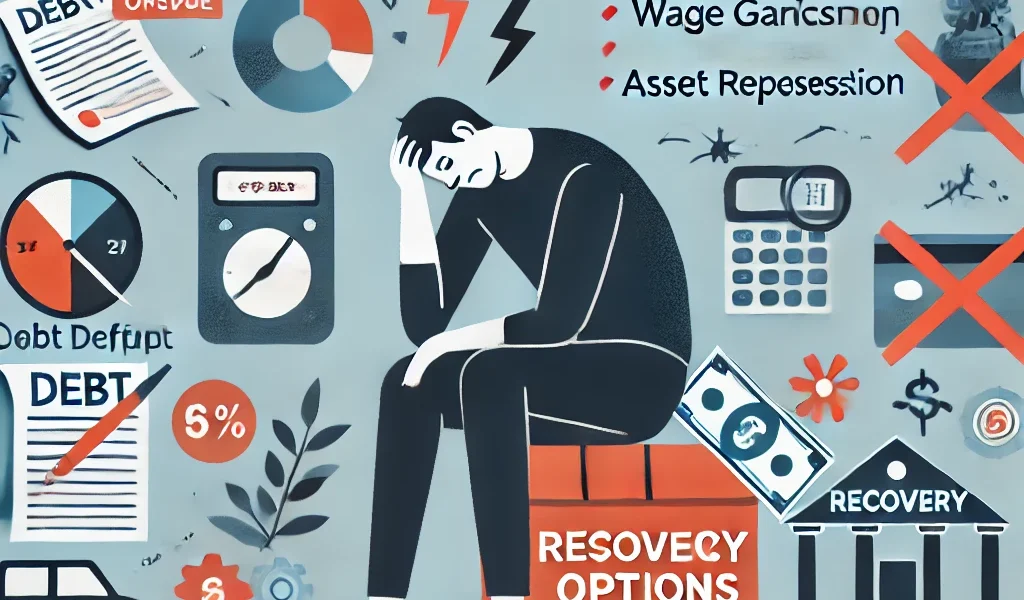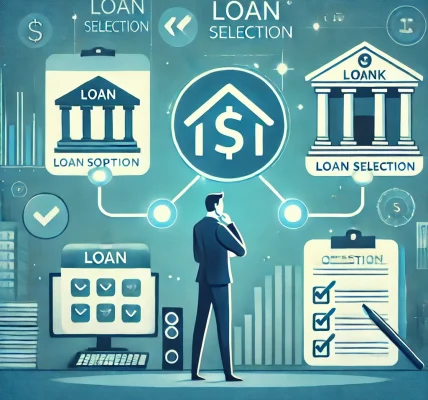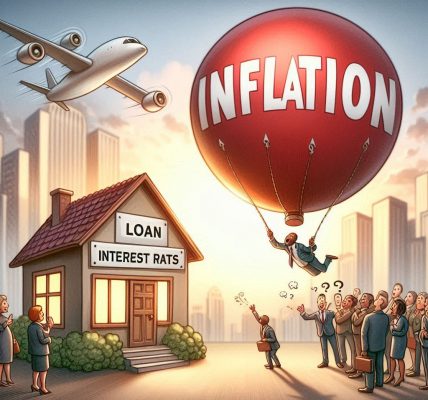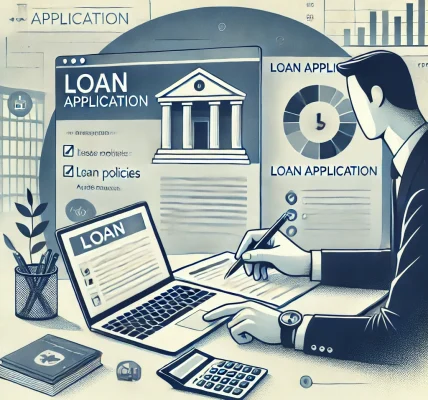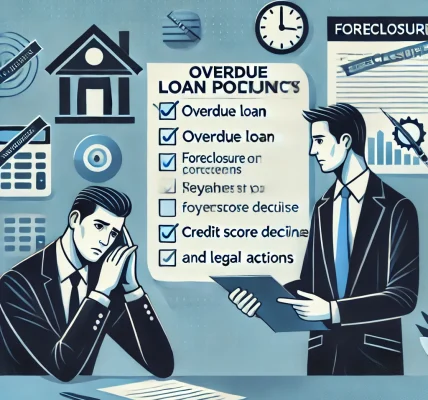Introduction
Loan defaults can have serious financial and legal consequences for borrowers. Whether it is a personal loan, mortgage, student loan, or business loan, failing to meet repayment obligations can lead to penalties, credit damage, and even legal action. However, there are ways to recover from a loan default and regain financial stability.
In this article, we will explore the consequences of loan default, its impact on credit scores and finances, and the available recovery options for borrowers in distress.
Understanding Loan Default
A loan default occurs when a borrower fails to make scheduled payments for an extended period, as defined by the lender. Different types of loans have different default timelines:
- Credit Cards: Typically considered in default after 180 days of non-payment.
- Personal & Business Loans: Lenders may declare a default after 90 days of missed payments.
- Mortgages: A default can occur after missing multiple monthly payments, leading to foreclosure proceedings.
- Student Loans: Federal student loans usually default after 270 days of missed payments.
Once a loan enters default, lenders may take aggressive collection measures, negatively impacting the borrower’s financial situation.
Consequences of Loan Default
Defaulting on a loan carries several severe consequences that can affect a borrower’s financial and personal life:
1. Credit Score Damage
- A loan default is reported to credit bureaus and can significantly reduce your credit score.
- Defaults stay on credit reports for seven years, making it difficult to secure future loans or credit cards.
- Lower credit scores lead to higher interest rates on future borrowing.
2. Late Fees and Penalties
- Lenders impose late payment fees, increasing the outstanding debt amount.
- Continuous non-payment leads to higher accumulated interest, making debt repayment more difficult.
3. Legal Actions & Wage Garnishment
- Lenders or debt collection agencies may file lawsuits to recover unpaid debts.
- Court judgments may lead to wage garnishment, where a portion of the borrower’s salary is deducted for loan repayment.
- In some cases, assets such as property or vehicles may be seized to recover the outstanding balance.
4. Loss of Collateral (For Secured Loans)
- Secured loans (mortgages, auto loans) require collateral. Defaulting may lead to repossession or foreclosure.
- Losing a home or car due to default can severely impact one’s living situation and work commute.
5. Harassment from Debt Collectors
- Debt collectors may contact borrowers frequently, leading to stress and anxiety.
- While there are legal protections against abusive collection tactics, the experience can still be overwhelming.
6. Difficulty in Future Borrowing
- Banks and financial institutions may reject loan applications due to past defaults.
- Borrowers may be forced to accept subprime loans with higher interest rates and stricter terms.
Recovery Options After a Loan Default
Defaulting on a loan does not mean financial ruin. There are several ways borrowers can recover and regain financial stability:
1. Contact Your Lender
- Many lenders offer hardship programs or loan modification options.
- Discuss repayment alternatives such as reduced interest rates or extended loan terms.
- Avoid ignoring lender communications, as proactive discussions may prevent legal action.
2. Loan Rehabilitation (For Student Loans)
- Federal student loan borrowers can enter a loan rehabilitation program by making nine consecutive on-time payments.
- Rehabilitation removes the default status and improves credit standing.
3. Loan Consolidation
- Debt consolidation combines multiple loans into a single loan with a lower interest rate.
- It simplifies repayment by reducing multiple monthly payments into one.
- Federal student loans can be consolidated into a Direct Consolidation Loan to regain eligibility for income-driven repayment plans.
4. Debt Settlement Negotiation
- Some lenders allow borrowers to settle the debt for a lower amount than what is owed.
- While this can reduce debt, it may negatively impact the credit score.
- Engaging a debt settlement company or negotiating directly with creditors can be beneficial.
5. Creating a Budget & Increasing Income
- Cutting unnecessary expenses and increasing income sources can help repay defaulted loans.
- Consider side gigs, freelancing, or temporary jobs to generate extra funds.
- Use budgeting tools to track expenses and prioritize debt payments.
6. Bankruptcy (Last Resort Option)
- Filing for bankruptcy can eliminate certain debts but comes with long-term financial consequences.
- Chapter 7 Bankruptcy clears unsecured debts but may require asset liquidation.
- Chapter 13 Bankruptcy creates a structured repayment plan for borrowers.
- Bankruptcy should only be considered after consulting a financial advisor or attorney.
Preventing Loan Default
To avoid future defaults, consider the following preventive measures:
- Make timely payments: Set up autopay or reminders to avoid missing due dates.
- Build an emergency fund: Savings can help cover loan payments during financial hardship.
- Borrow responsibly: Only take loans that you can afford to repay.
- Understand loan terms: Read and understand repayment terms, interest rates, and potential penalties before taking a loan.
- Seek financial advice: Consult a financial expert for debt management strategies.
Conclusion
Loan defaults can have serious financial, legal, and credit-related consequences, but recovery is possible. By understanding the risks and taking proactive steps such as loan rehabilitation, consolidation, and debt settlement, borrowers can rebuild their financial health.
